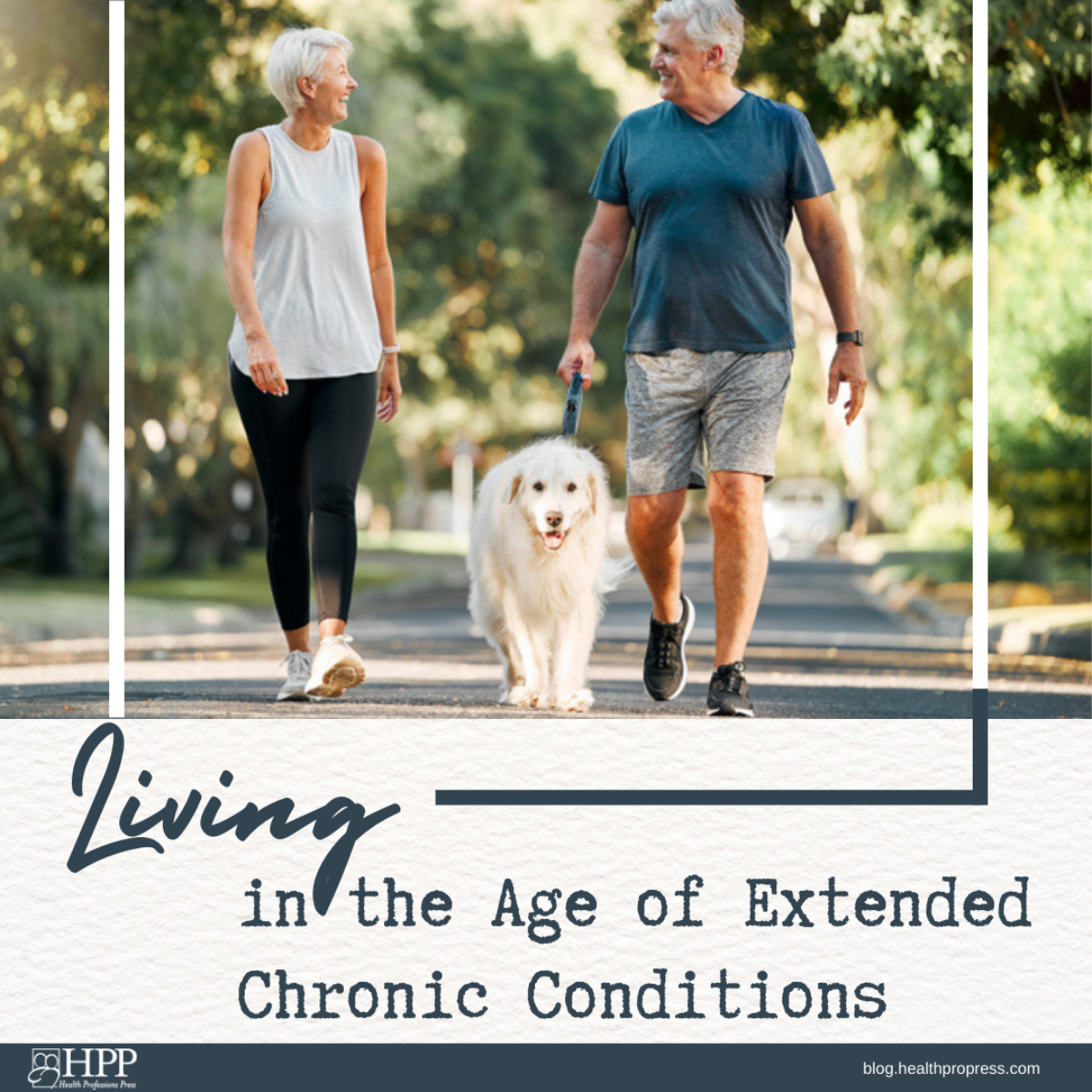
Living in the Age of Extended Chronic Conditions
Our cultural understanding of the nature of disease is still based on the belief that acute disease is the fundamental culprit that affects most lives. Until around 100 years ago, widespread infectious diseases like smallpox or tuberculosis that could kill people at any age were the primary threat to human health. Today, however, that element, which held true though all the previous millennia of human existence, is no longer dominant.
One of the defining conditions of our current existence is our new ability to stave off death, often for years. Infectious and other deadly diseases have been succeeded in importance and widespread impact by degenerative diseases such as cardiovascular problems, cancer, or arthritis, conditions that do not kill in a short time and that we can live with into older age. We have redirected what can eventually be one of the fundamental conditions of life by changing the face of illness.
In the early 20th century, when infectious diseases were the biggest killers, older men and women were also burdened with chronic conditions, but they didn’t live as long, and there was not much to do for them, so they didn’t incur as much expense. We are now living decades longer than we did 100 years ago, and there are many more of us. Social Security and Medicare will be providing resources for many more years of life than their designers anticipated.
Because we haven’t adjusted our thinking to acknowledge the shift from the time when most healthcare was for acute diseases to the present when chronic conditions predominate, we don’t yet care for the older members of our society as well as we could. Our care systems, which are still oriented to treating acute disease, are not set up for the needs of older people who are sometimes frail with chronic problems. In order to care for them appropriately, we first need to understand that their conditions are caused by chronic conditions and not simply by being older.
Chronic conditions in older age need to be addressed as a healthcare issue separate from old age itself. When people talk about aging, the conversation, either at the kitchen table or as part of the national discourse, is often framed in terms of resources. It is usually an anxious discussion. What happens when the money runs out? Will the national economy survive the coming avalanche of aging Baby Boomers? Are we saving enough for our later years? Yet, chronic conditions in old age actually underlie these worries. For many of us, healthcare costs will bring us to a moment when we run out of money and there is no obvious way out.
Although healthcare costs are certainly an area of great financial concern for older adults (frequently a health event tips over the precarious financial balance), it is, paradoxically, aging itself that is blamed for the crisis. This is not correct. The phenomenon of aging—the greater number of years in and of themselves—isn’t the problem. Rather, chronic conditions are the problem. It’s like the second impact in a car crash. The first impact (age) is the car hitting the tree, but the second impact (chronic conditions) is the driver hitting the inside of the car. Historically, manufacturers developed bumpers and other care protections for the inevitable accidents on the road. However, manufacturers did not install seatbelts and airbags until Ralph Nader insisted that the impact on people in the interior of the car was a correlated and perhaps even more critical consequence of vehicular accidents.
Illness in older adults may be correlated with their advanced years, but it is not directly caused by it any more than mononucleosis is caused by adolescence. Until fairly recently, it was accepted that mental deterioration late in life was an inevitable function of aging. We called it senility. Many kinds of dementia, like Alzheimer’s disease, do occur most often later in life, but they are caused by changes in the brain or sensory limitations, not by the number of years someone has lived. If we understand Alzheimer’s disease as an illness rather than an unavoidable development, we will realize that we can work on its prevention and management and perhaps even find a cure. The same holds for many of the maladies correlated with older age that have not yet received sufficient attention.
If a disease associated with aging occurred with the same frequency in younger people, we would not think of it as a problem largely associated with their age cohort, but as a disease problem. We would worry about the costs associated with the disease, not about the costs associated with being a particular age. Separating old age from the incidence of illness in old age may seem like splitting hairs, but it’s not a fine point. It’s a distinction that is fundamental to figuring out how we can develop into a society that helps us live comfortably as we live longer and longer.
This post was excerpted from Aging Forward: A New Path for Health, Technology, and Community by David Dunkelman and Martha Dunkelman, copyright © 2023 by Health Professions Press.
Read the book
 Aging Forward
Aging Forward
A New Path for Health, Technology, and Community
By David Dunkelman, J.D., M.S., and Martha Dunkelman, Ph.D.
Copyright © 2023 by Health Professions Press
America has an aging challenge. As baby boomers enter advanced age, the shortfalls of our current care delivery systems are increasingly clear. If nothing changes, we are woefully unprepared for a world with more older adults than ever before. Aging Forward confronts this inconvenient reality and provides a life raft—a vision for the future with achievable solutions.




Add comment